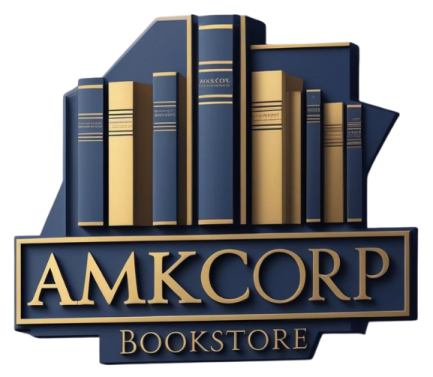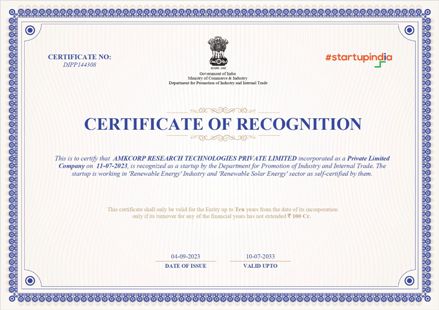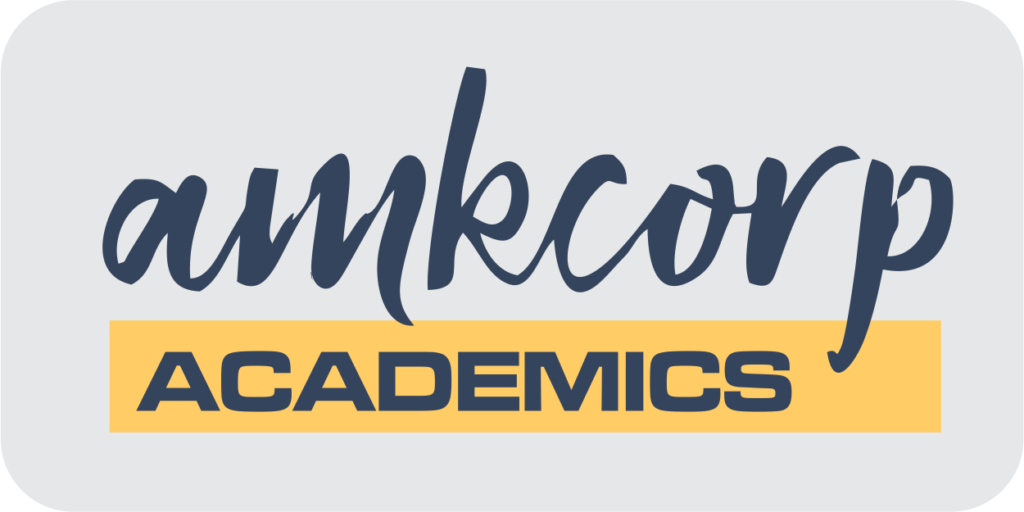

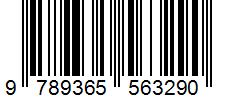
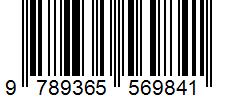
₹ 499.00
$ 40.00
ORDER PRINT
ORDER EBOOK
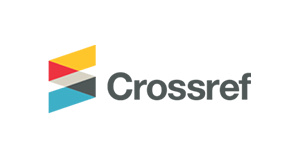
MODERN MEDICINAL CHEMISTRY
Principles, Practice & Perspectives
AUTHOR -
Dr. RAMANDEEP KAUR
DOI – 10.61909/AMKEDTB072428
Genre/Subject – medical science, Pharmacy
Book code – AMKEDTB072428 pgs: 235
ISBN(E) – 978-93-6556-984-1
ISBN(P) – 978-93-6556-329-0
Published – 25/07/2024
AUTHOR
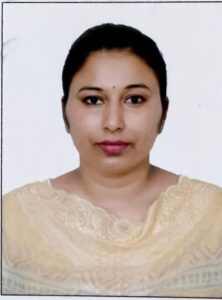
Dr. RAMANDEEP KAUR
Dr. Ramandeep Kaur currently holds the position of Assistant Professor in the Department of Chemistry at Govind National College in Narangwal, Ludhiana, Punjab. Her academic qualifications include a master’s degree in Chemistry from Punjab Agriculture University, Ludhiana, and a Doctorate degree from Thapar University, Patiala. Her primary research focus is organic chemistry, with a specific emphasis on synthesizing organic molecules and utilizing them for various biological activities. She has showcased her research at several esteemed conferences and has been published in nationally and internationally recognized journals. With over a decade of experience in teaching and academic administration, she brings a wealth of knowledge to her role.
ABOUT BOOK / ABSTRACT
“MEDICINAL CHEMISTRY: PRINCIPLES, PRACTICE, AND PERSPECTIVES” is a comprehensive guide that delves into the multifaceted world of medicinal chemistry, offering an in-depth exploration of both the fundamental and advanced aspects of the field. This book is meticulously designed to cater to the needs of students, researchers, and professionals in the pharmaceutical industry, providing them with a thorough understanding of the principles and practices that drive drug discovery and development.
The book opens with Chapter 1: Introduction to Medicinal Chemistry, setting the stage by providing an overview of medicinal chemistry, tracing its historical development, and elucidating key concepts and terminology. This chapter highlights the pivotal role of medicinal chemists in the drug discovery process, emphasizing the interdisciplinary nature of the field and discussing the ethical considerations and future trends that will shape its evolution.
In Chapter 2: Fundamentals of Drug Design and Discovery, readers are introduced to the critical stages of target identification and validation, lead compound discovery, and the various design strategies employed in drug development, such as structure-based, ligand-based, and fragment-based drug design. The chapter also covers the rational design and computational approaches that are integral to modern medicinal chemistry.
Chapter 3: Pharmacodynamics and Pharmacokinetics delves into the basic principles governing drug action and movement within the body. It covers receptor binding, dose-response relationships, and the ADME (Absorption, Distribution, Metabolism, Excretion) processes. The chapter also addresses bioavailability, bioequivalence, and the therapeutic index, along with pharmacokinetic-pharmacodynamic (PK-PD) modeling, providing a holistic view of how drugs interact with biological systems.
The exploration of Structure-Activity Relationships (SAR) in Chapter 4 is pivotal for understanding how chemical structure influences biological activity. This chapter discusses methods for determining SAR, functional group modifications, bioisosterism, and conformational analysis. It also introduces Quantitative Structure-Activity Relationships (QSAR) and the use of molecular descriptors in SAR studies.
Chapter 5: Lead Optimization focuses on transforming lead compounds into viable drug candidates. It covers the hit-to-lead process, strategies for optimizing binding affinity, pharmacokinetic properties, and reducing toxicity. The chapter also explores improving selectivity and prodrug design, emphasizing the importance of refining chemical compounds to enhance their therapeutic potential.
In Chapter 6: Drug Metabolism and Toxicology, readers gain insights into the metabolic pathways drugs undergo in the body, including Phase I and Phase II reactions. The chapter discusses enzyme induction and inhibition, toxicokinetics, predictive toxicology, and drug-drug interactions, along with safety pharmacology, underscoring the significance of understanding metabolism and toxicity in drug development.
Chapter 7: Natural Products in Drug Discovery highlights the valuable role of natural products in medicinal chemistry. It covers sources, isolation, and characterization of natural compounds, their structural diversity, and pharmacological activities. The chapter also addresses semi-synthetic modifications and the challenges associated with natural product drug discovery.
The synthesis of drugs is thoroughly examined in Chapter 8: Synthetic Methods in Medicinal Chemistry. Fundamental synthetic techniques, retrosynthetic analysis, and green chemistry principles are discussed, along with combinatorial chemistry, solid-phase synthesis, microwave-assisted synthesis, flow chemistry, and catalysis, providing a comprehensive view of synthetic methodologies.
Chapter 9: Computational Medicinal Chemistry explores the use of computational tools in drug discovery. It covers molecular modeling, docking studies, pharmacophore modeling, virtual screening, molecular dynamics simulations, chemoinformatics, predictive ADMET models, and the application of machine learning in medicinal chemistry.
Innovative drug delivery systems are the focus of Chapter 10. It addresses the challenges in drug delivery, the use of nanotechnology, liposomes, micelles, polymeric systems, targeted and controlled release systems, transdermal and intranasal delivery, and the development of bioconjugates and prodrugs.
Chapter 11: Case Studies and Perspectives provides real-world examples of successes and failures in medicinal chemistry, discussing the impact of the field on healthcare, regulatory considerations, ethical and social implications, and future trends. The chapter emphasizes collaborative approaches and educational perspectives, offering a forward-looking view of the future of medicinal chemistry.
“MEDICINAL CHEMISTRY: PRINCIPLES, PRACTICE, AND PERSPECTIVES” is an essential resource for anyone involved in the pharmaceutical sciences, offering a wealth of knowledge and insights into the dynamic and ever-evolving field of medicinal chemistry.

